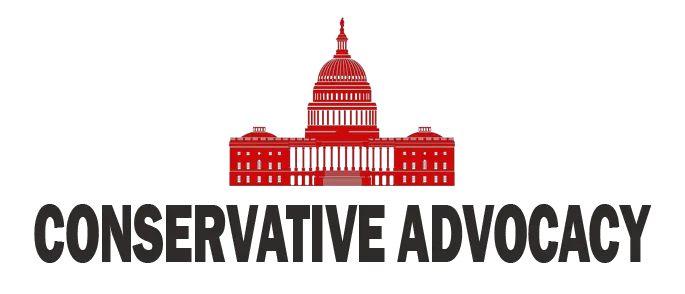Trade talks between the United States and the European Union appear to be heating up, and there’s reason for cautious optimism among business leaders and investors. The likelihood of a deal, albeit a complex one, is estimated to be around 50%. Currently, the EU’s tariffs sit at a hefty 30%, making for quite a barrier in trade. However, both sides seem eager to negotiate, with the EU anxious to come to an agreement that could influence their tariffs in a more favorable direction.
Wall Street seems to be responding positively to the trade talk optimism. On a recent Friday, stocks closed at record highs, a clear indication that the market is riding high on the news of potential agreements with both Europe and China. Such outcomes would bring substantial benefits not just to investors, but to the overall American economy as well. Despite President Trump’s public frustrations regarding interest rates set by the Federal Reserve, the mood on Wall Street suggests that confidence is growing. Businesses and analysts are viewing the circumstances surrounding trade holistically, with various sectors benefiting from reduced tariffs.
Amidst the chatter on Wall Street, some voices from the political realm have raised concerns, suggesting that the current tariff situation could lead to economic chaos or even a recession. However, seasoned economists appear to be singing a different tune. They point to ongoing growth potential, highlighting that while the recent growth rates may seem to slow down, this could simply be a temporary phase. Many foresee a resurgence of economic momentum by next spring, bolstered by promising consumer spending patterns and robust investments across several sectors.
As economic indicators fluctuate, some wonder about the impact of tariffs on overall revenue. Interestingly, projections show that the revenue from these tariffs could reach up to $300 billion over the next decade, smoothing fears of a significant deficit. Such numbers imply that the current tariff strategy might just be a prudent financial move rather than a misguided one, defying expectations of disastrous fiscal repercussions, as suggested by some critics.
In this landscape of shifting economic dynamics, it appears that the overall fiscal policies are striking a delicate balance. With many sectors primed for growth, discussions surrounding tariffs and international trade continue to dominate headlines. Whether or not these negotiations yield fruitful results will determine the direction the economy takes in the immediate future. Nevertheless, signs of resilience from Wall Street offer hope that the U.S. economy is braced to navigate these turbulent waters, with optimism that prosperity is just a deal away.




